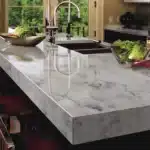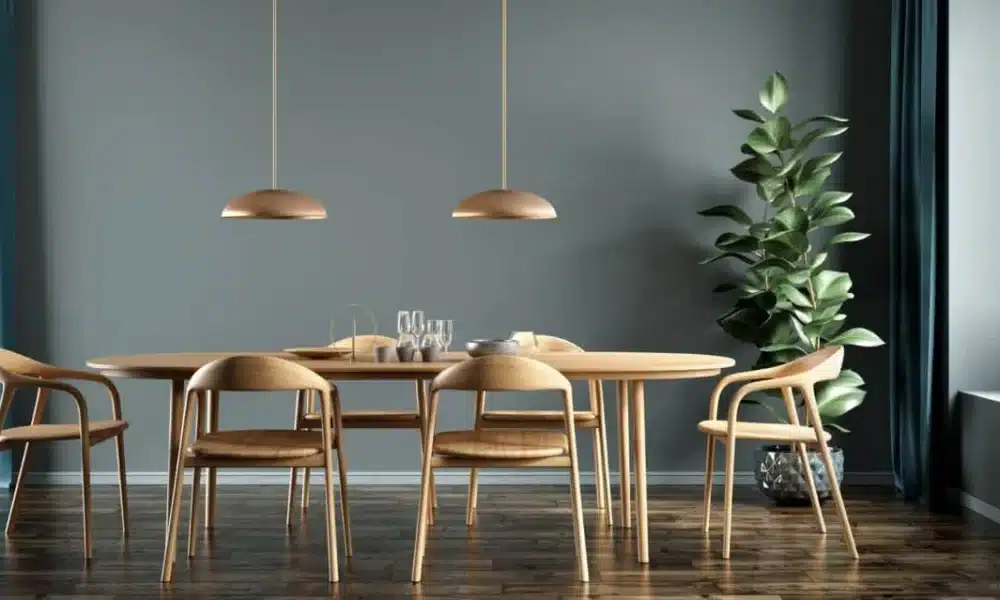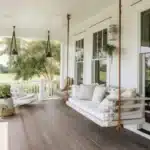The choices when lighting your living room can be overwhelming. Two of the most popular options are recessed lighting and pendant lights. Each type of lighting has unique benefits and drawbacks, so it’s essential to understand the critical differences before deciding.
Table Of Content
- Recessed Lighting vs Pendant Lights
- Benefits of Recessed Lighting in Living Room
- Pros and Cons of Pendant Lights in Living Room
- Recessed Lighting vs Pendant Lighting Comparison
- Recessed Lighting vs Pendant Lights for Small Living Room
- Recessed Lighting in the Living Room
- How to Install Recessed Lighting in Living Room
- Recessed Lighting Design Ideas for Living Room
- Pendant Lights in the Living Room
- How to Hang Pendant Lights in Living Room
- Recessed vs Pendant Lighting Cost
- Lighting Design for Living Room
- Layered Lighting Living Room Design
- Recessed Lighting vs Pendant Lights: Which is More Eco-Friendly?
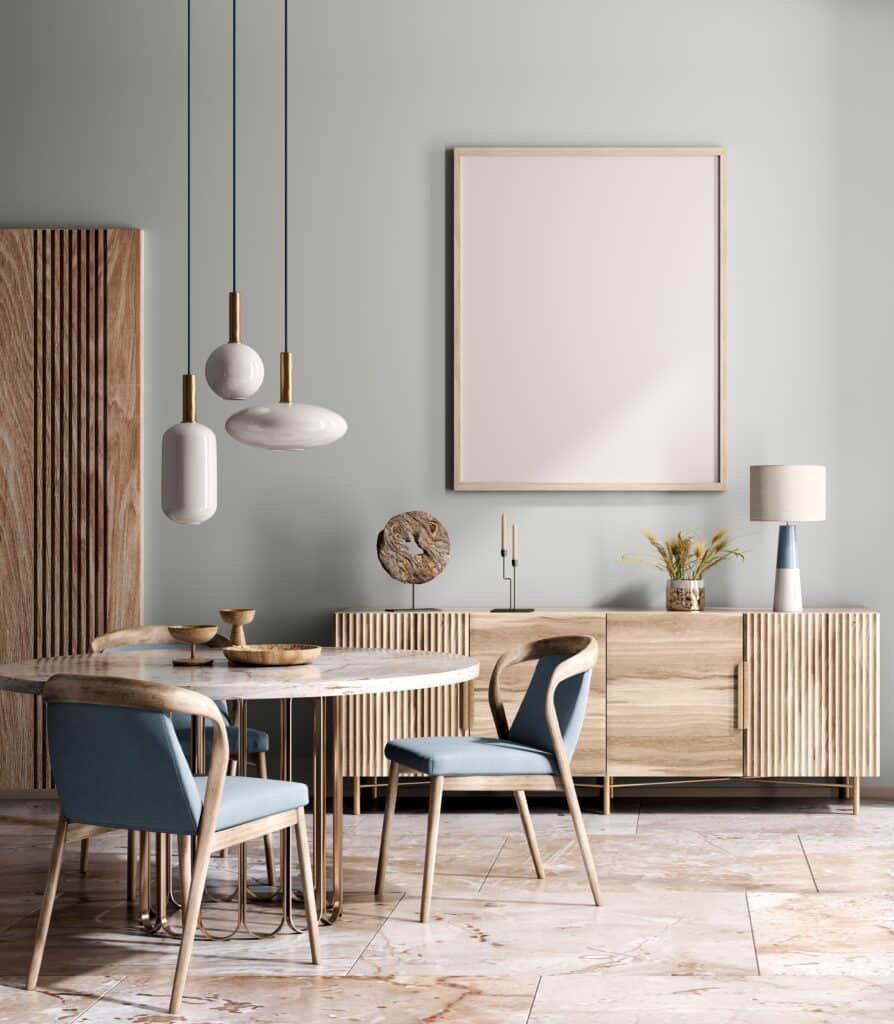
Recessed Lighting vs Pendant Lights
Recessed lighting, also known as can lights offers a clean, seamless look as the fixtures are installed directly into the ceiling. In contrast, pendant lights make a bold statement by hanging down from the ceiling, often serving as the room’s focal point.
Benefits of Recessed Lighting in Living Room
- Provides even, ambient lighting throughout the space
- Creates a minimalist, integrated look
- It can be dimmed to adjust the lighting level and mood
- Energy-efficient, especially with LED recessed lights
- Ideal for rooms with low ceilings or limited wall space
Pros and Cons of Pendant Lights in Living Room
Pros:
- Add a decorative, statement-making element to the room
- It is ideal for highlighting specific areas like a coffee table or seating arrangement
- Offer flexibility in height adjustment and placement
- There is a wide variety of styles and finishes to complement any decor
- Create a cozy, intimate atmosphere when used as task lighting
Cons:
- It may not provide sufficient overall lighting in the room
- It can make a small living room feel more cramped if not used judiciously
- Require more planning and consideration for placement and hanging height
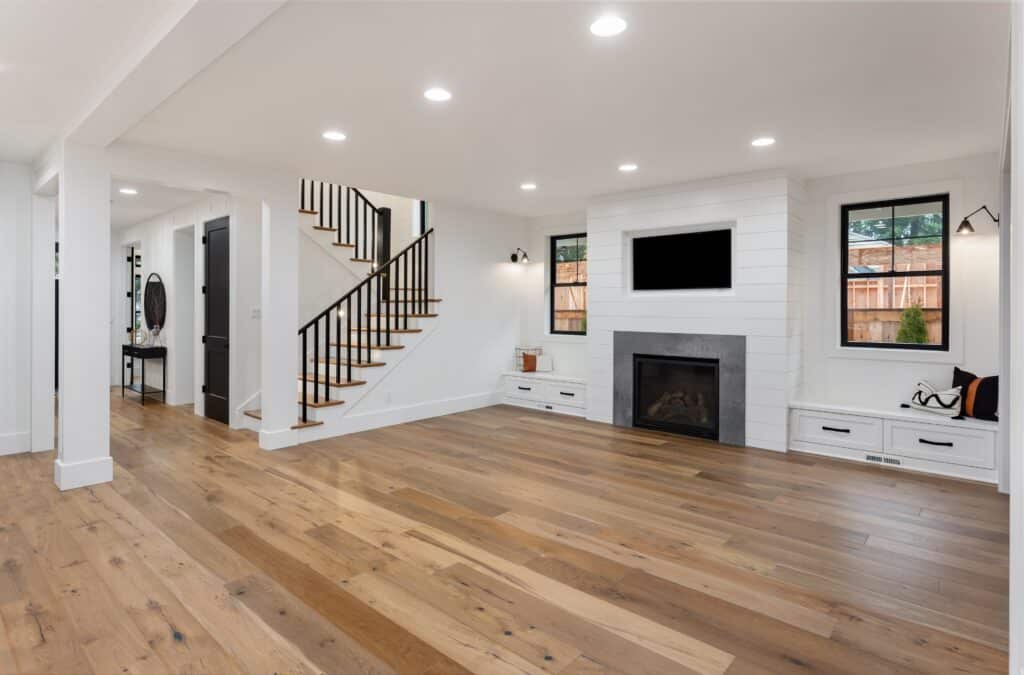
Recessed Lighting vs Pendant Lighting Comparison
When deciding between recessed and pendant lights, it’s crucial to consider several key factors. These include the type of lighting coverage you need, the height of your ceiling, the desired aesthetics, the level of flexibility you want, and the complexity of installation.
Lighting Coverage: Recessed lights provide more even, ambient lighting, while pendant lights focus light in a specific area. Ceiling Height: Recessed lights work best in rooms with standard or high ceilings, while pendant lights can be used in spaces with varying ceiling heights. Aesthetics: Recessed lights have a more minimalist, integrated look, while pendant lights make a bold visual statement. Flexibility: Pendant lights offer more flexibility in terms of positioning and adjusting the light output.
Installation: Recessed lighting requires more complex electrical work during installation, while pendant lights are generally easier to install.
How to Choose Between Recessed or Pendant Lights To determine the best lighting solution for your living room, consider the following:
Room Size and Layout: This is a crucial factor to evaluate. Consider the dimensions of your living room and how you want to define different zones or focal points.
Ceiling Height: Measure the ceiling height to ensure the appropriate lighting type and placement.
Existing Electrical: Assess the current wiring and electrical setup to understand the feasibility of installing recessed or pendant lights.
Design Aesthetic: Decide whether you want a more subtle, integrated look or a decorative, statement-making lighting element.
Lighting Needs: Consider whether you require primarily ambient, task, or accent lighting in your living room.
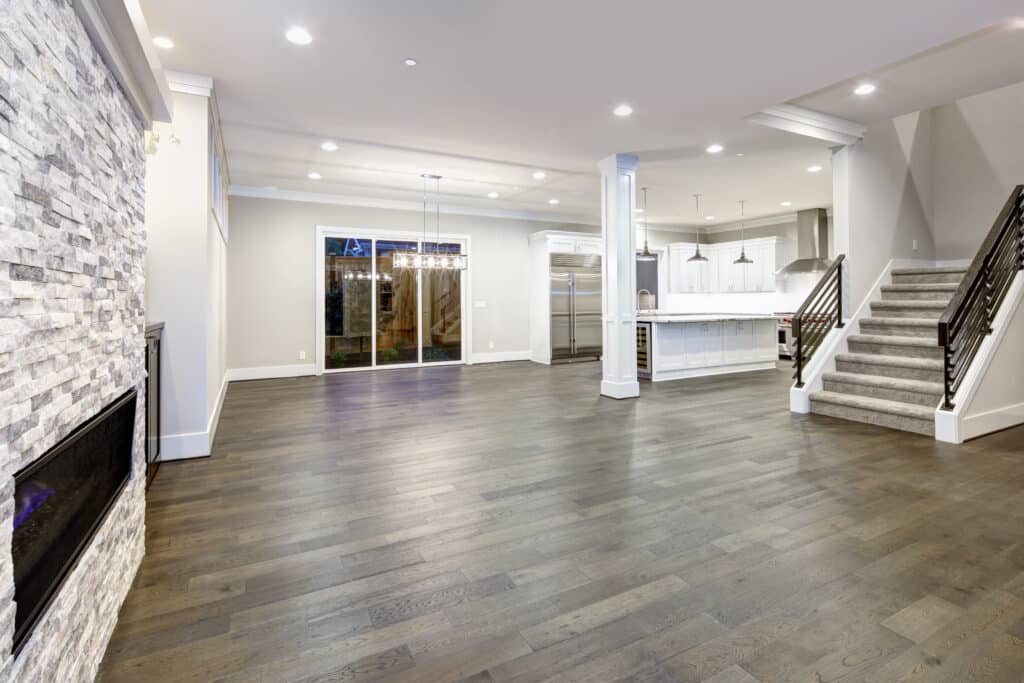
Recessed Lighting vs Pendant Lights for Small Living Room
In a small living room, recessed lighting is often the preferred choice as it helps to maximize the sense of space without taking up visual real estate. Pendant lighting, on the other hand, can make a small room feel even more cramped if not used judiciously. However, a well-placed pendant light over a coffee table or conversation area can still work well in a compact living room. Remember, the size and layout of your room should always be a guiding factor in your lighting decisions.
Recessed Lighting in the Living Room
Best Recessed Lighting for Living Room When selecting recessed lights for your living room, look for options with a 4-inch or 6-inch diameter. These sizes provide ample illumination without overwhelming the space. LED recessed lights are an energy-efficient choice that can also be dimmed to adjust the lighting levels.
How to Install Recessed Lighting in Living Room
Installing recessed lighting typically requires cutting holes in the ceiling and running new electrical wiring. This process is best left to a professional electrician, who can ensure the job is done safely and up to code. They’ll also be able to help you determine the optimal placement and spacing for the recessed lights.
Recessed Lighting Design Ideas for Living Room
Use recessed lights to highlight architectural features, define specific zones, or create a layered lighting scheme. To achieve the desired ambiance, you can combine recessed lighting with fixtures, such as pendant lights or wall sconces.
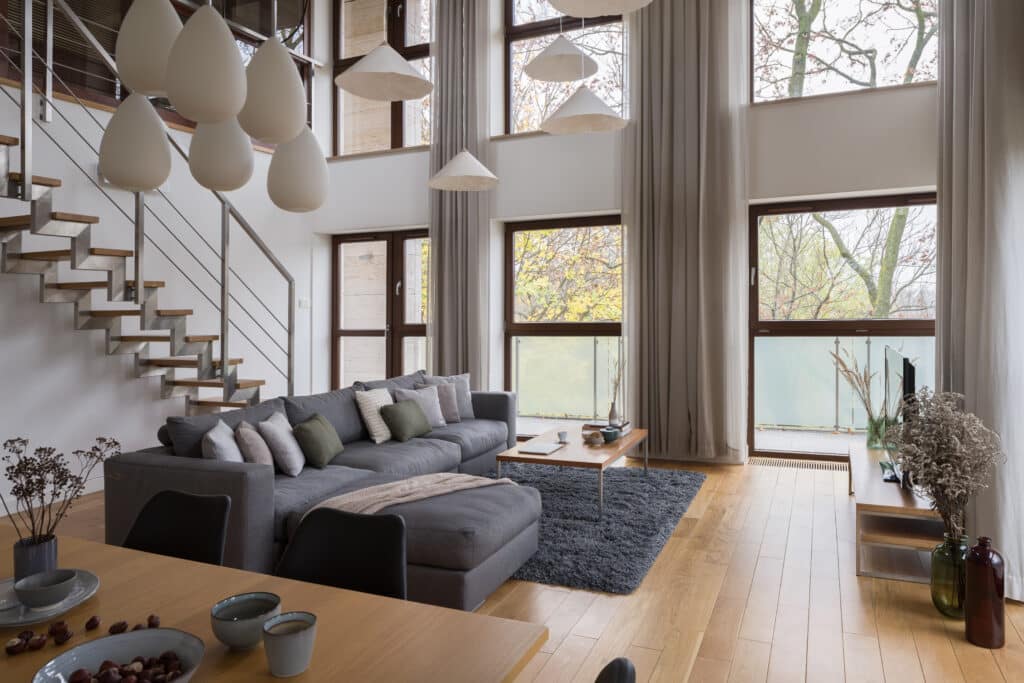
Pendant Lights in the Living Room
Pendant Light Styles for Living Room Pendant lights come in a wide range of styles, from modern and minimalist to traditional and ornate. Popular options include globe pendants, linear pendants, and cluster pendants. Choose a style that complements your living room’s overall aesthetic.
How to Hang Pendant Lights in Living Room
When hanging pendant lights, consider the height of the ceiling and the desired placement. The bottom of the pendant should be between 30 and 36 inches above a coffee table or side table. Adjust the cord length accordingly to achieve the perfect look.
Recessed vs Pendant Lighting Cost
The cost of recessed lighting installation can vary widely, depending on factors such as the number of lights, the complexity of the electrical work, and whether you hire a professional or do it yourself. On average, expect to pay between $100 and $300 per recessed light, including labor.
On the other hand, pendant lights are generally more affordable. Prices range from $50 to $500 or more for high-end fixtures. The cost can also be influenced by the pendant light’s size, material, and brand.
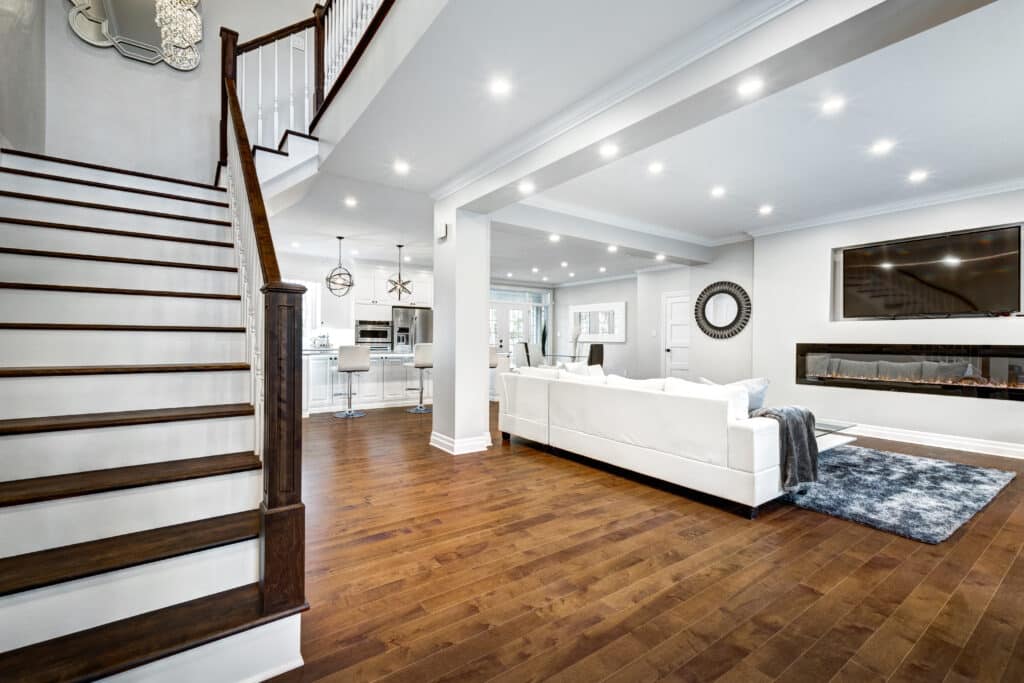
Lighting Design for Living Room
Layered Lighting Living Room Design
Combine recessed lighting with other lighting sources, such as pendant lights, wall sconces, and floor lamps, for the best results. This layered approach allows you to create different lighting zones and adjust the ambiance to suit your needs.
Recessed Lighting vs Pendant Lights: Which is More Eco-Friendly?
Both recessed lighting and pendant lights can be energy-efficient. Still, the choice ultimately depends on the specific products you select. LED recessed lights and LED pendant lights are generally the most sustainable options, as they consume less energy and have a longer lifespan. Additionally, dimmable lights can help you further reduce energy usage.
Conclusion
When it comes to choosing between recessed lighting and pendant lights for your living room, there’s no one-size-fits-all solution. Consider the size and layout of your space, the desired aesthetic, and your lighting needs to determine the best approach. With a little planning and the right fixtures, you can create a well-lit, visually appealing living room that perfectly suits your style and preferences.

